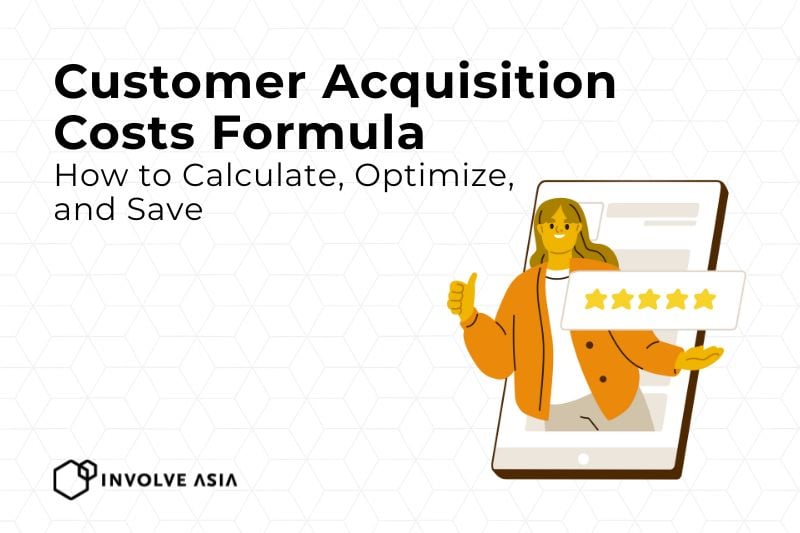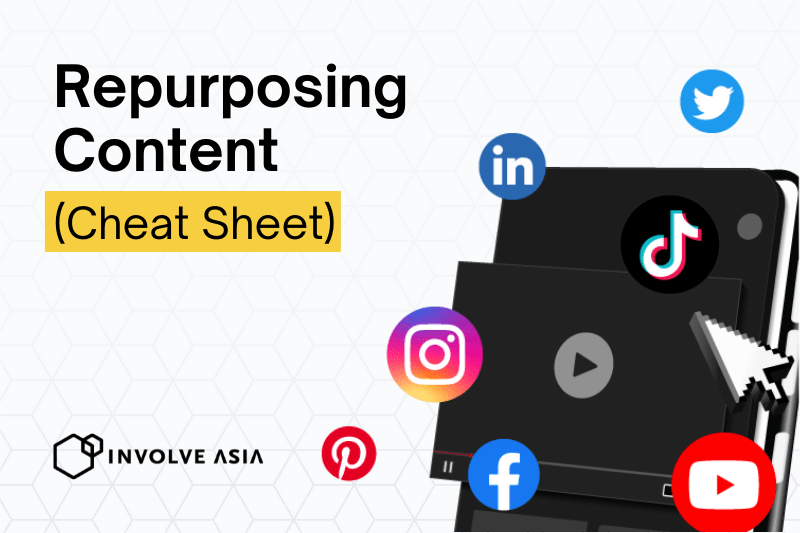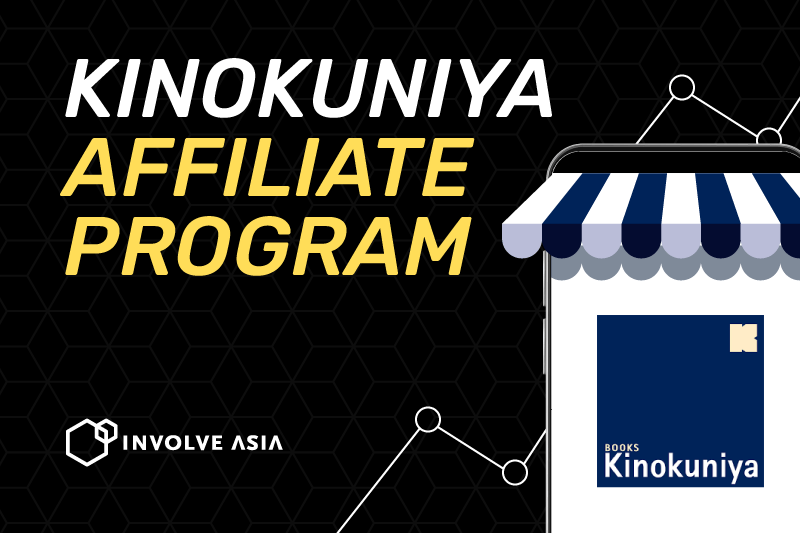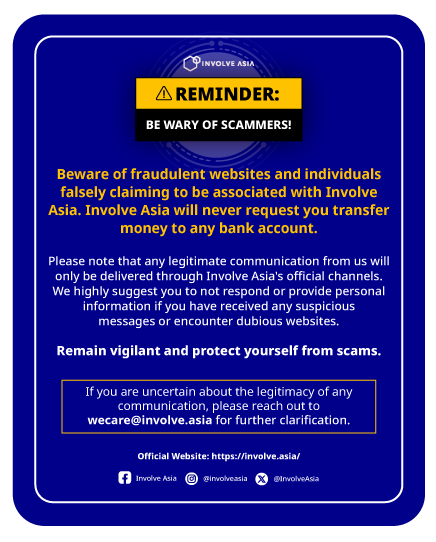You might have the best product in the world. But if your cost to get new customers keeps climbing, you could be losing money without even realizing it.
That’s why understanding the Customer Acquisition Costs formula (CAC) is so important. It’s the financial reality check every business needs to grow sustainably.
Today, I’ll show you how to calculate it, spot problems, and even shrink it — without sacrificing growth.
What is Customer Acquisition Cost (CAC)?
Customer Acquisition Cost, or CAC, tells you exactly how much money you spend to win a new customer. It’s the total sales and marketing spend divided by the number of new customers gained.
Why It’s a Key Metric for Every Business
Knowing your CAC helps you answer a crucial question: Are your marketing efforts actually profitable?
If you don’t track it, you’re basically driving blind!
Understanding the Customer Acquisition Costs Formula
The Basic CAC Formula
Here’s the standard formula:
Customer Acquisition Cost (CAC) = Total Sales and Marketing Expenses ÷ Number of New Customers Acquired
Simple, right? But getting the right numbers is where things get interesting.
Breaking Down the Components
You’ll need to combine:
- Ad spend
- Salaries of marketing and sales teams
- Software and CRM costs
- Content production costs
- Agency fees
Basically, anything you’re investing to bring new customers in the door.
How to Calculate Customer Acquisition Costs Accurately
Step-by-Step Calculation
- Add up all your marketing and sales expenses for a set period.
- Count the number of new customers you gained during that same period.
- Divide the total expenses by the number of new customers.
For example:
If you spent $10,000 on marketing and sales in March and acquired 100 customers, your CAC = $10,000 ÷ 100 = $100 per customer.
Common Mistakes to Avoid
- Forgetting overheads: Always include staff salaries, software, and even freelancers.
- Mismatched periods: Compare costs and customers from the same timeframe.
- Only tracking paid ads: Remember, SEO, partnerships, and events cost time and money too.
Read: What Is a Good Customer Acquisition Cost? (And How to Improve Yours)
What Costs Should You Include in CAC?
1. Marketing Expenses
This includes paid ads, influencers, sponsorships, events, and content creation. Don’t leave anything out!
2. Sales Team Costs
Think salaries, commissions, bonuses, training costs — it all adds up when you’re acquiring customers.
3. Tech and Tools Investments
Email platforms, CRM software, marketing automation tools — any tools your team uses to attract and close deals.
Why Monitoring CAC Matters for Business Growth
CAC’s Impact on Profitability
If your CAC is higher than your average revenue per customer, you’re actually losing money with every new signup. (Ouch.)
CAC and Customer Lifetime Value (LTV)
Always compare CAC to LTV. Ideally, your LTV should be at least 3x your CAC. If not, it’s time for a serious rethink.
How to Know if Your CAC is Too High
Here are 3 warning signs to watch:
- Rising ad spend but flatlining customer numbers
- CAC eating up a bigger chunk of your revenue each month
- Low profitability despite growing traffic
3 Strategies to Lower Customer Acquisition Costs
Optimize Your Marketing Funnel
Audit every step: from your ads to your landing pages to your checkout process. Small leaks can cause big losses.
Leverage Organic Traffic and Content Marketing
Content is a long game, but it can significantly lower CAC over time because it keeps bringing free, qualified visitors.
Improve Customer Retention Rates
Happy customers stick around longer and buy more — meaning you don’t have to keep chasing new ones.
How Conversion Booster Helps Reduce CAC
Smarter Audience Targeting
Conversion Booster helps you stay in front of people who already showed interest, instead of paying to find cold leads again and again.
Pay-Only-For-Results Approach
You only pay when actual sales or website conversions happen. No more guessing if your ad dollars are being wasted!
Want a simpler way to turn browsers into buyers without skyrocketing CAC?
👉 Get started with Conversion Booster now—and watch your results grow!
Real Examples: Brands Who Cut CAC and Scaled Profits
Case Study 1: E-Commerce Brand
After implementing Conversion Booster, one brand saw:
- 25% drop in CAC
- 3x return customer rate
- 40% higher ROAS (Return on Ad Spend)
Case Study 2: SaaS Startup
A SaaS company lowered CAC by 32% by:
- Improving their lead nurture emails
- Offering clearer CTAs on landing pages
- Using smarter retargeting across platforms
Conclusion
Understanding and controlling your Customer Acquisition Costs isn’t just smart — it’s essential if you want a profitable, sustainable business.
You don’t always need to spend more. Often, you just need to spend smarter.
Frequently Asked Questions (FAQs)
How do you calculate customer acquisition cost?
To calculate customer acquisition cost, you’ll need to include all spending on ads, marketing campaigns, salaries, tools, and any other expenses related to acquiring customers within a given time frame. For example, if you spend $5,000 in one month and gain 100 new customers, your CAC is $50. This number helps you understand how much it costs to turn a prospect into a paying customer.
Keeping your CAC low while increasing customer lifetime value (LTV) is key to building a profitable business. Monitoring CAC regularly helps optimize marketing strategies, identify overspending, and focus on channels that convert effectively. A good CAC is one that ensures you’re spending less to acquire a customer than what they bring in over their lifetime.
How do you calculate acquisition cost?
Acquisition cost refers to the amount you spend to gain one new customer or user. To calculate it, include all costs associated with acquiring customers—this might cover paid ads, SEO tools, email marketing, affiliate payouts, and sales team costs. For example, if your marketing budget for the month is $10,000 and you gain 250 new customers, your acquisition cost is $40 per customer.
This metric is essential for understanding how efficiently your business converts leads into paying customers. A lower acquisition cost generally means higher profitability. Always compare your acquisition cost against customer lifetime value (LTV). A healthy business typically maintains a 3:1 LTV to CAC ratio, ensuring sustainable growth and scalable marketing.
What formula is used for CAC?
The formula used for calculating Customer Acquisition Cost (CAC) will need you to include all relevant costs: digital advertising, influencer marketing, affiliate commissions, content creation, CRM tools, and your sales team’s salaries. For instance, if you spend $20,000 on customer acquisition in a quarter and bring in 400 new customers, your CAC is $50.
This formula helps businesses evaluate the efficiency of their marketing and sales efforts. A lower CAC means you’re acquiring customers more efficiently. Always compare CAC with Customer Lifetime Value (LTV) to ensure you’re spending less than what a customer is worth over time. If your CAC is too high, revisit your targeting, messaging, or funnel strategy to improve ROI and long-term growth.
How do you calculate cost per acquisition?
CPA tells you how much it costs to get one specific action—usually a purchase, sign-up, or lead. Let’s say you spend $2,000 on a Facebook ad campaign and get 100 purchases; your CPA is $20. It’s an important performance metric for paid advertising and affiliate campaigns. Unlike CAC, which includes overall marketing and sales expenses, CPA focuses on a single campaign or channel.
Use CPA to compare the effectiveness of your marketing channels (e.g., Google Ads vs. Instagram) and to control budget allocation. A lower CPA means your campaign is converting efficiently. Always track CPA alongside average order value (AOV) and customer lifetime value (LTV) to ensure profitability.







